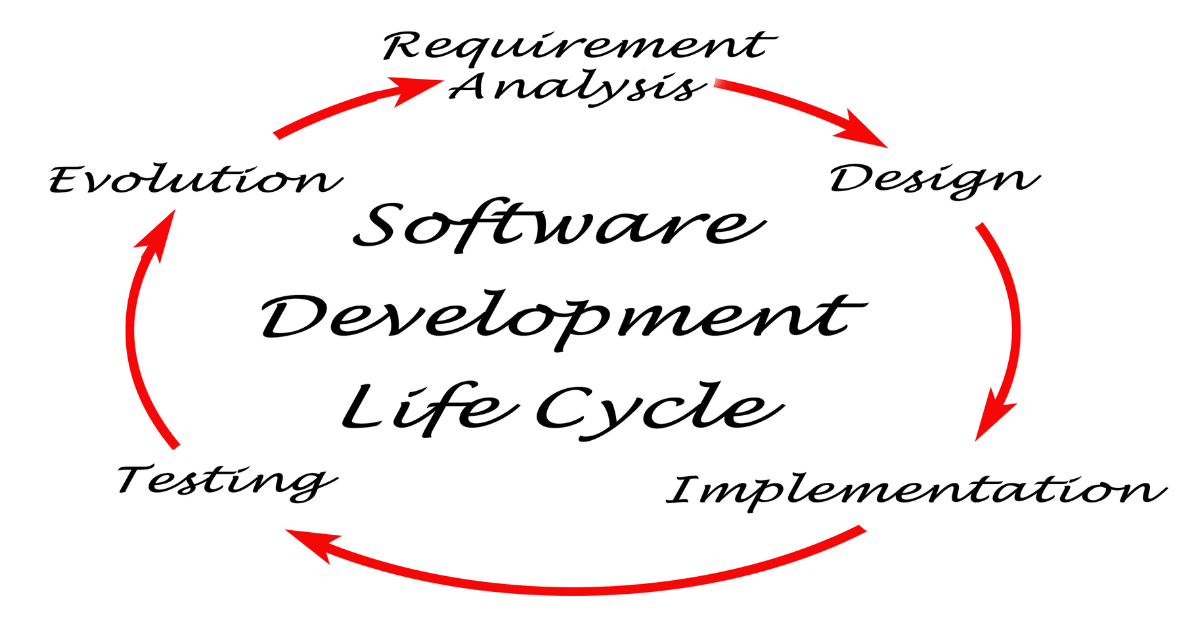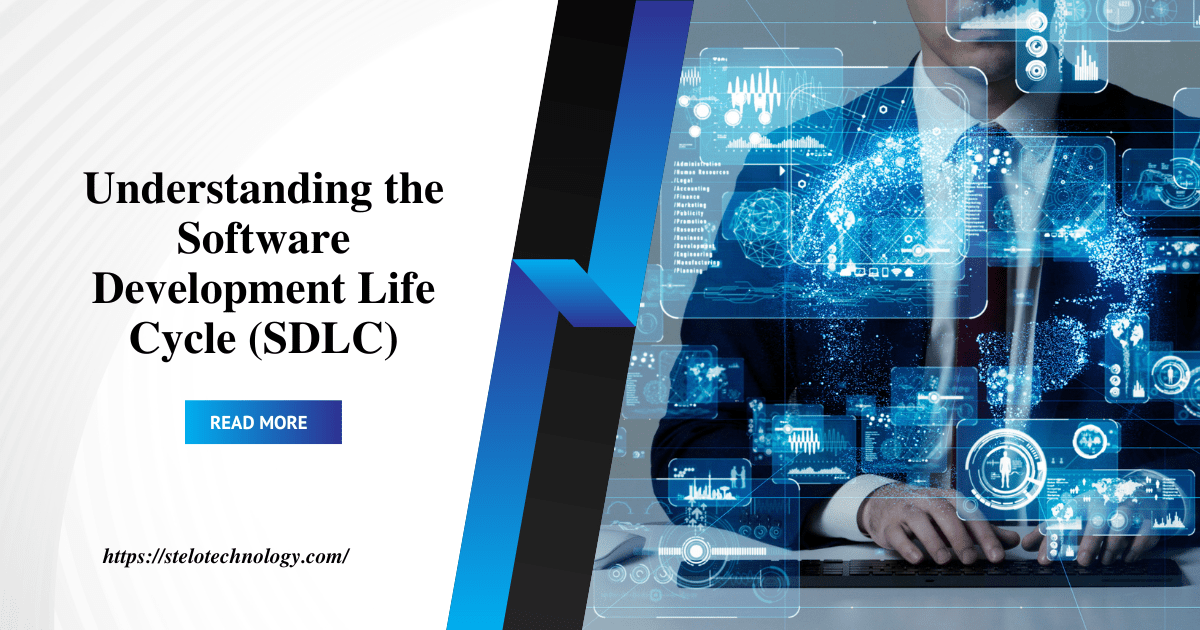Software Development Life Cycle (SDLC) is a systematic process used by software developers to design, develop, test, and deploy high-quality software. It provides a structured approach to ensure that software meets both the user requirements and business goals.
This comprehensive guide delves into the stages, methodologies, and best practices of SDLC.
What is SDLC?
SDLC is a framework that outlines the processes involved in creating software applications. It covers the entire project lifecycle, from initial planning to maintenance after deployment. The primary goal of SDLC is to deliver software that is functional, reliable, and efficient.
Stages of SDLC

1. Planning
The planning phase is the foundation of the SDLC process. During this stage, the project’s objectives, scope, and feasibility are determined. Key activities include:
- Requirement Analysis: Gathering business requirements from stakeholders.
- Feasibility Study: Assessing technical, operational, and financial feasibility.
- Project Planning: Creating a project plan, including timelines and resources.
2. Requirements
In this phase, detailed requirements are gathered and documented. The aim is to understand what the software should do and the constraints within which it must operate. Key activities include:
- Requirement Elicitation: Using interviews, surveys, and meetings to gather requirements.
- Requirement Specification: Documenting requirements in a clear and concise manner.
- Requirement Validation: Ensuring requirements are complete and feasible.
3. Design
The design phase involves creating the architecture of the software. This stage translates requirements into a blueprint for building the software. Key activities include:
- System Design: High-level design, defining the overall system architecture.
- Detailed Design: Low-level design, detailing individual components and their interactions.
- Design Review: Evaluating the design for completeness and correctness.
4. Development
During the development phase, the actual code for the software is written. This stage is often divided into smaller tasks, with developers working on different modules. Key activities include:
- Coding: Writing the source code using programming languages.
- Unit Testing: Testing individual components to ensure they work correctly.
- Integration: Combining modules and ensuring they function together.
5. Testing
The testing phase involves verifying that the software meets all specified requirements and identifying any defects. Key activities include:
- System Testing: Testing the entire system for defects and issues.
- Acceptance Testing: Verifying that the software meets business requirements.
- Regression Testing: Ensuring new changes do not negatively affect existing functionality.
6. Deployment
In the deployment phase, the software is released to the production environment. This stage includes activities like:
- Installation: Setting up the software in the production environment.
- Configuration: Adjusting settings to ensure optimal performance.
- User Training: Providing training to end-users on how to use the software.
7. Maintenance
Maintenance involves making updates and improvements to the software post-deployment. Key activities include:
- Bug Fixes: Resolving any issues that arise after deployment.
- Enhancements: Adding new features and functionalities.
- Performance Tuning: Optimizing the software for better performance.
Ready to enhance your software quality and accelerate your time to market? Contact us today at sales@stelotechnology.com to request a customized quote for your business!
SDLC Methodologies
There are several methodologies used to implement the SDLC. Each methodology has its own approach and is suitable for different types of projects.
Waterfall Model
The Waterfall model is a linear and sequential approach. Each phase must be completed before the next begins. It is best suited for projects with well-defined requirements.
Agile Methodology
Agile is an iterative approach that promotes flexibility and customer collaboration. It involves small, incremental releases with continuous feedback. Agile is ideal for projects where requirements may evolve.
V-Model
The V-Model, or Verification and Validation model, is an extension of the Waterfall model. Each development phase is associated with a testing phase, ensuring early detection of defects.
Spiral Model
The Spiral model combines iterative and Waterfall approaches, focusing on risk assessment. It is suitable for large, complex projects with high-risk factors.
DevOps
DevOps is a culture and practice that aims to unify software development and operations. It emphasizes automation, continuous integration, and continuous delivery.
Best Practices for SDLC
Implementing best practices in SDLC can lead to successful software development projects. Here are some key best practices:
1. Clear Requirements
Ensure that requirements are clearly defined and understood by all stakeholders. Ambiguity in requirements can lead to misunderstandings and errors.
2. Regular Communication
Maintain regular communication among team members and stakeholders. Effective communication helps in addressing issues promptly and keeping the project on track.
3. Continuous Testing
Incorporate testing throughout the development process. Continuous testing helps in identifying and fixing defects early, reducing the cost of bug fixes.
4. Version Control
Use version control systems to manage changes in the codebase. Version control helps in tracking changes, reverting to previous versions, and collaborating with team members.
5. Documentation
Maintain thorough documentation for every phase of the SDLC. Documentation helps in knowledge transfer, onboarding new team members, and ensuring consistency.
6. Risk Management
Identify and assess potential risks early in the project. Develop a risk management plan to mitigate risks and ensure project stability.
7. User Involvement
Involve end-users throughout the development process. User feedback helps in ensuring that the software meets their needs and expectations.
Conclusion
Understanding the Software Development Life Cycle (SDLC) is crucial for developing high-quality software. By following the stages, methodologies, and best practices outlined in this guide, development teams can ensure successful project outcomes.
Whether using traditional methodologies like Waterfall or modern approaches like Agile and DevOps, the key is to adapt the SDLC to fit the specific needs of the project and stakeholders.


